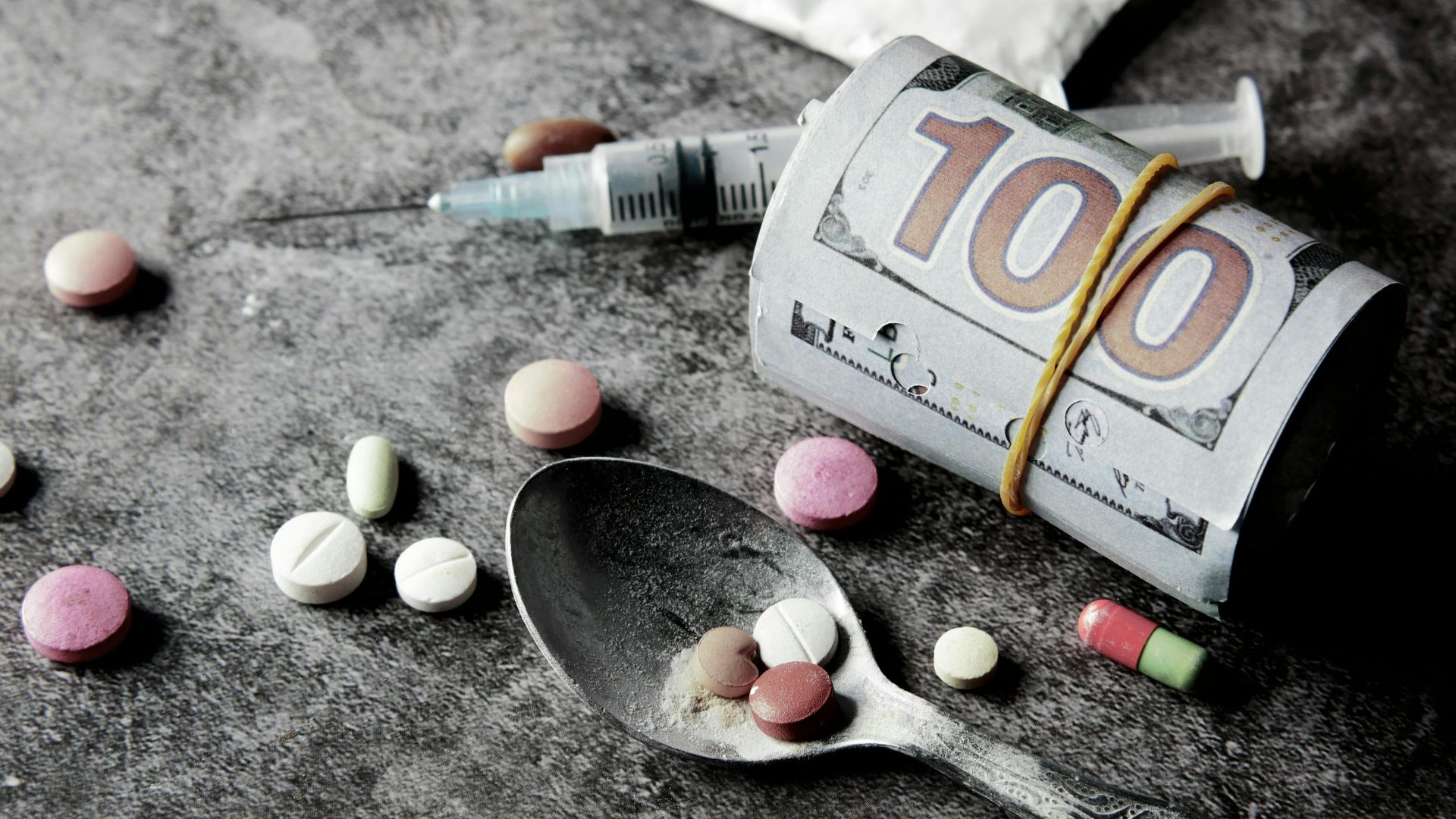
What is Drug Abuse: Causes, Prevention, and Treatment
Drug abuse is a pervasive issue that impacts individuals, families, and communities worldwide. It involves the misuse of substances such as alcohol, prescription medications, and illegal drugs, leading to a range of harmful consequences. Understanding drug abuse requires a comprehensive exploration of its causes, prevention strategies, and treatment options.
Causes of Drug Abuse
Drug abuse can be attributed to a complex interplay of various factors, including biological, psychological, and social influences.
Biological Factors
1. Genetic Predisposition: Research indicates that genetics play a significant role in an individual’s susceptibility to drug abuse. A family history of substance abuse can increase the likelihood of similar behaviors in offspring due to inherited genetic factors.
2. Brain Chemistry: Certain individuals may have brain chemistry that makes them more prone to addiction. Drugs can alter the brain’s reward system, making it difficult for some people to experience pleasure from everyday activities, leading them to seek out substances that provide a stronger euphoric effect.
Psychological Factors
1. Mental Health Disorders: Individuals suffering from mental health issues such as depression, anxiety, or bipolar disorder are more likely to turn to drugs as a form of self-medication. The temporary relief provided by substances can create a cycle of dependence and abuse.
2. Trauma and Stress: Experiencing traumatic events, chronic stress, or adverse childhood experiences can significantly increase the risk of drug abuse. Drugs may be used as a coping mechanism to numb emotional pain or escape from reality.
Social Factors
1. Peer Pressure: Social environments and peer groups have a substantial influence on drug use, particularly among adolescents and young adults. The desire to fit in or succumb to peer pressure can lead individuals to experiment with drugs.
2. Socioeconomic Status: Economic hardship, lack of education, and limited access to healthcare can contribute to higher rates of drug abuse. People in disadvantaged communities may turn to drugs as a means of coping with their circumstances.
Prevention of Drug Abuse
Preventing drug abuse requires a multifaceted approach that involves education, community involvement, and policy implementation.
Education and Awareness
School Programs: Implementing comprehensive drug education programs in schools can equip young people with the knowledge and skills to make informed decisions about substance use. These programs should focus on the risks and consequences of drug abuse and the importance of healthy lifestyle choices.
Public Awareness Campaigns: Media campaigns and community outreach efforts can raise awareness about the dangers of drug abuse and promote prevention strategies. These initiatives can help reduce stigma and encourage individuals to seek help before addiction takes hold.
Community Involvement
Support Networks: Establishing strong support networks within communities can provide individuals with the resources and encouragement they need to avoid drug abuse. This includes mentorship programs, recreational activities, and access to mental health services.
Parental Involvement: Parents and guardians play a crucial role in preventing drug abuse by maintaining open communication, setting clear expectations, and serving as positive role models. Active parental involvement can deter children and adolescents from experimenting with drugs.
Policy and Legislation
Regulation and Control: Strict regulation and control of prescription medications can prevent misuse and reduce the availability of drugs that have a high potential for abuse. Policies that limit overprescribing and monitor distribution are essential.
Law Enforcement: Effective law enforcement strategies can disrupt the supply chain of illegal drugs and reduce their availability on the streets. Collaboration between law enforcement agencies, healthcare providers, and community organizations is vital in addressing the drug abuse epidemic.
Treatment of Drug Abuse
Treatment for drug abuse should be tailored to the individual’s needs and can involve a combination of medical, psychological, and social interventions.
Medical Treatment
1. Detoxification: The first step in many treatment programs is detoxification, which involves safely managing withdrawal symptoms as the body eliminates the substance. Medical supervision is often necessary to ensure a safe and comfortable detox process.
2. Medication-Assisted Treatment (MAT): Medications such as methadone, buprenorphine, and naltrexone can be used to manage cravings and withdrawal symptoms, particularly for opioid addiction. MAT is often combined with behavioral therapies for a holistic approach.
Behavioral Therapies
1. Cognitive-Behavioral Therapy (CBT): CBT helps individuals identify and change negative thought patterns and behaviors associated with drug abuse. It equips them with coping strategies to manage triggers and prevent relapse.
2. Motivational Interviewing: This counseling approach focuses on enhancing an individual’s motivation to change and commit to treatment. It involves exploring the pros and cons of substance use and encouraging self-efficacy.
The Use of Social Support
1. Support Groups: Participation in support groups such as Narcotics Anonymous (NA) or Alcoholics Anonymous (AA) provides individuals with a sense of community and shared experiences. These groups offer peer support and accountability.
2. Family Therapy: Involving family members in the treatment process can address underlying family dynamics that contribute to drug abuse. Family therapy promotes healing and strengthens relationships.
Be safe!
Share this with anyone you know that is struggling from this, it could help.
Continue reading: 10 Causes of Erectile Dysfunction (ED)